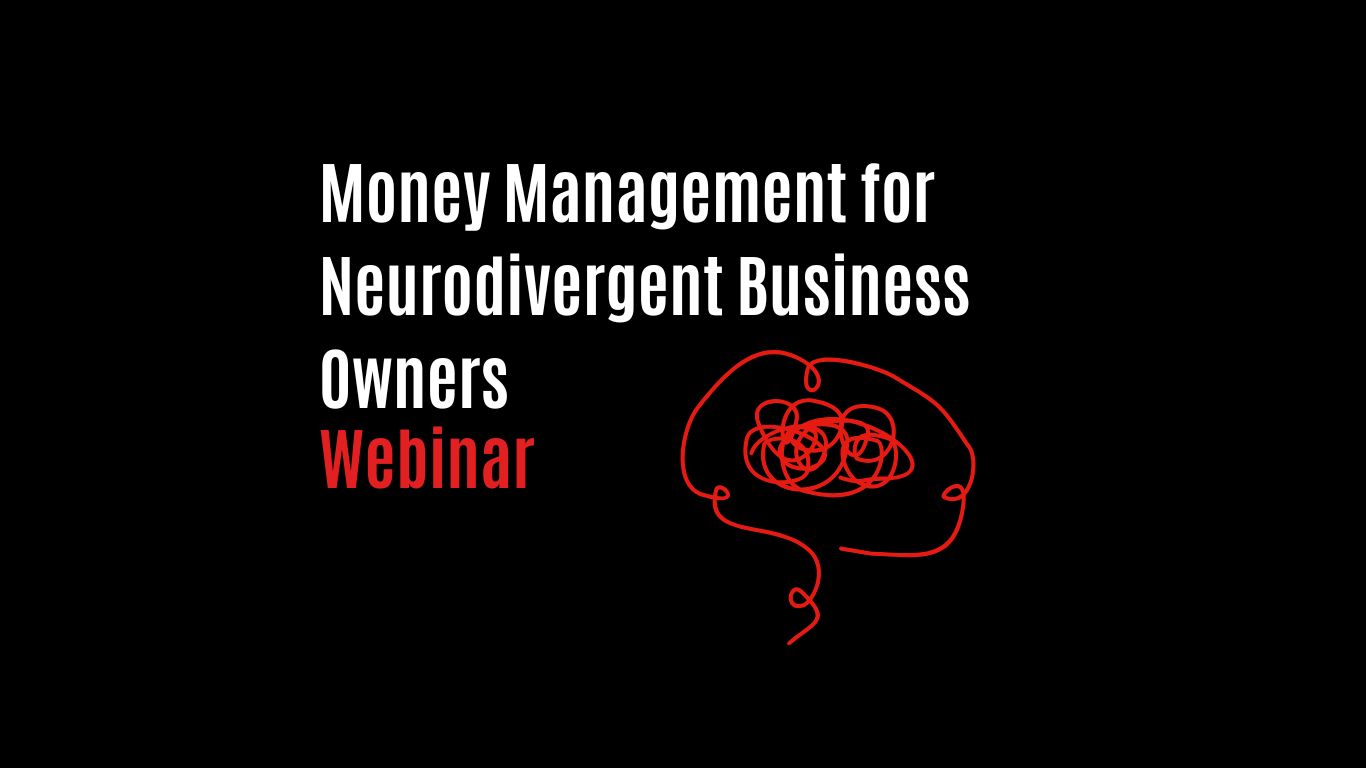The furlough scheme will be remembered as one of the lasting memories from the pandemic. Announced at the 2020 UK Budget by Chancellor of the Exchequer, Rishi Sunak, back on the 20th March 2020, it was designed to heavily support businesses from laying off staff members whilst preventing mass unemployment in the immediate aftermath of the pandemic.
It was part of the Coronavirus Job Retention Scheme package, offering employees a paid leave of absence that would take the pressure of companies who wouldn’t be able to afford their wages. The government proposed in paying 80% of an employee’s wages (up to a maximum of £2500 a month), with the employer not having to cover any costs, allowing them to stay in a job without the business supplementing this. Once furloughed, employee’s rights to sick pay, annual leave, maternity, and redundancy payments are not affected.
The furlough scheme has been a huge lifeline for millions of businesses in the UK and has allowed many to survive whilst keeping the national unemployment level lower than what was previously predicted. It has been extended four times already and has reportedly cost the government a massive £66bn.
The most recent extension to the scheme was scheduled until the 30th September 2021, offering businesses certainty amidst the challenging times of post-pandemic. It is unlikely that the furlough scheme will be extended further, meaning many businesses will have to choose whether to take the furloughed employees back full time or make them redundant.
We look at the success of the furlough scheme over a year since its launch, as well as examine what changes are to be made to the scheme from 1st July 2021.
Has The Furlough Scheme Been A Success?
The furlough scheme was a much-needed boost for businesses at a time when COVID-19 was just about to begin. The launch of the scheme entitled all businesses to be able to temporarily cut their staff force, meaning outgoing expenditure would decrease as those employees were paid their wages by the government.
According to Statista, as of May 14, 2021, approximately 11.5 million jobs, from 1.3 million different employers were furloughed in the United Kingdom as part of the government’s job retention scheme. This accounted for over a third of all employment in the UK as businesses accepted the government’s aid at a time of increasing unpredictability and global economic chaos. As well as this, according to the HM Treasury, ‘more than half of those furloughed since May 2020 returned to work by mid-August 2020 according to data published by the Office for National Statistics.’
Rather worryingly however, is the prospect that once furlough ends then there will be a spike in unemployment and business insolvencies. A recent Bank of England economic forecast predicted a rise in unemployment (5.4%) in the third quarter of 2021, whilst a KPMG UK economic outlook report states, ‘Since the onset of the pandemic, businesses have been partially shielded from insolvency both by the direct financial support on offer as well as by temporary measures suspending and relaxing insolvency procedures. We expect a significant uptick in the number of company insolvencies, potentially exceeding the highs seen in 2008-12.’
What Are The Changes To The Furlough Scheme?
Furlough will remain largely unchanged for workers until it’s expected to end on the 30th September 2021. Employers, however, are being asked to contribute to their employee’s wages during the final months of the scheme.
As of 1st July, the government will pay 70% of a employee’s salary, which is down 10% from the 80% it has been throughout the scheme. Employers will now have to pay 10% of the wages, leaving employees with the same 80% amount of their previous salaries as before, at a cap of £2,500.
In August and September, this stretches even further with the government paying 60% of the employee’s wages as employers are expected to pay 20%. The aim of this amendment by the government is to gradually encourage employers to take workers back full-time if they can, whilst only furloughing those if it’s the last resort.
What Is The Future For Businesses Post-Furlough?
With the expected reopening on the 19th July 2021, the government hopes that the majority of those on the furlough scheme will be able to return to work as businesses start to operate to full capacity again. Many industries, such as travel and hospitality, are expected to take a lot longer to recover from the past year of ceased operations than other sectors. This is likely to cause a knock-on effect to other industries which will potentially no doubt have a negative impact on the overall UK economy in general.
Whilst Prime Minister Boris Johnson and Chancellor Rishi Sunak are keen to end the furlough scheme as soon as possible, it remains to be seen whether some form of an additional stimulus package will be needed post-lockdown. If this isn’t chosen, it could enable even further damage to many important industries that shape the society around us.
We hope this has outlined to you the new changes to the furlough scheme and what the future holds for employment post-lockdown. If you require any more information on any government COVID-19 loans, grants and schemes, or anything accounting related for that matter, please don’t hesitate to get in contact with us at Nordens where one of our trusted advisors would be happy talking you through your query.





























































































































































































































































































































































































































































































